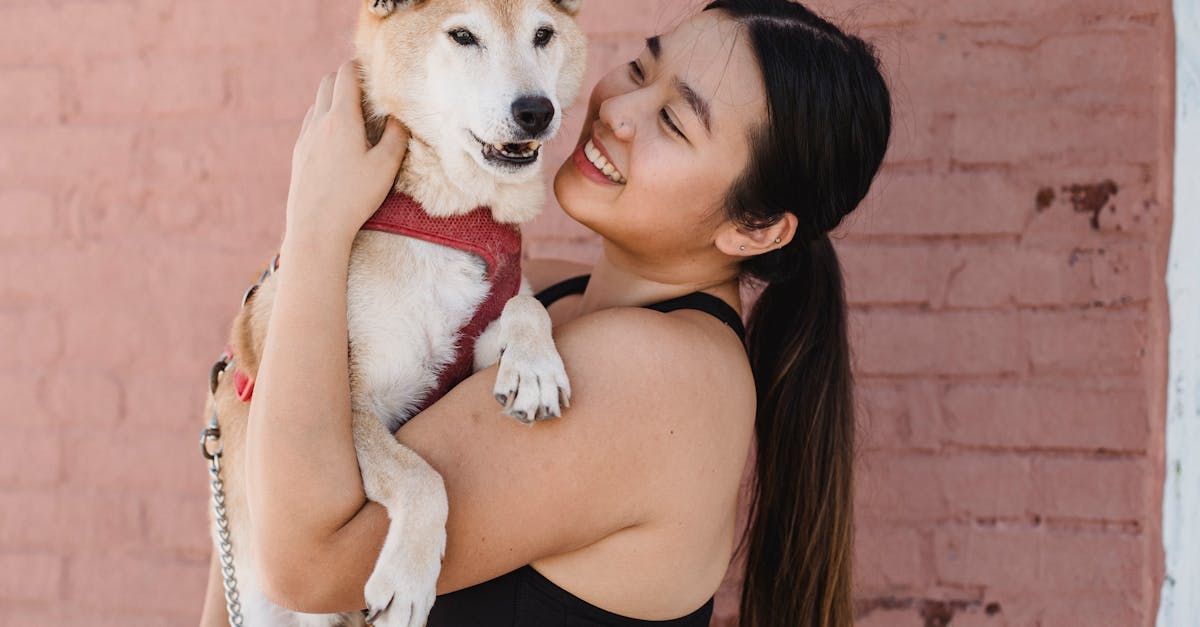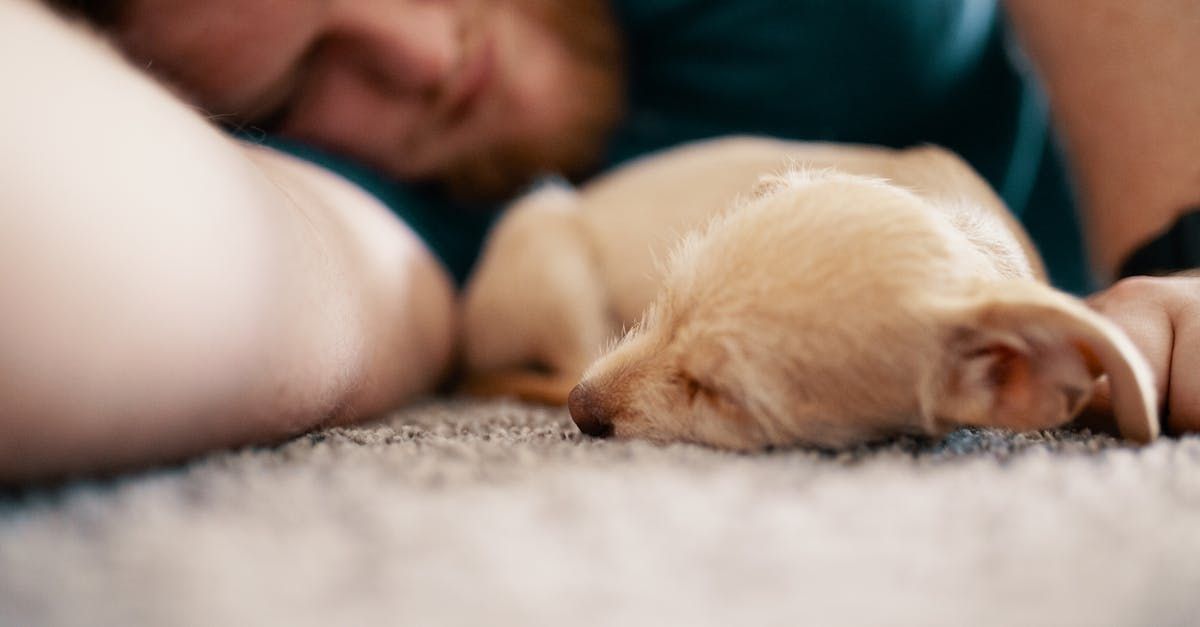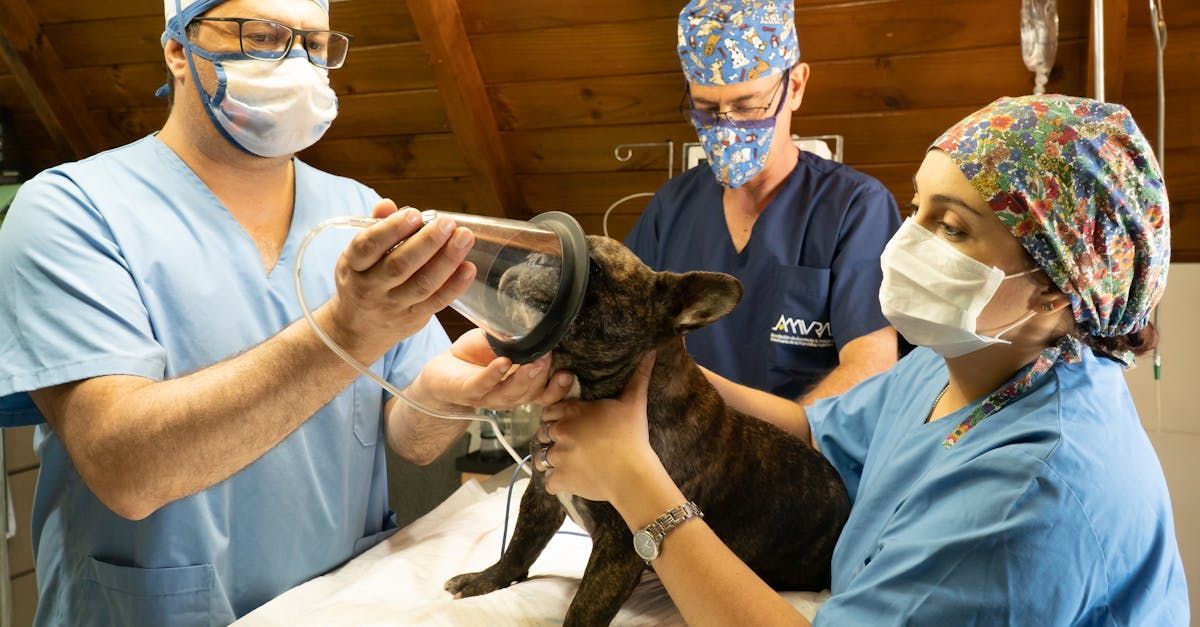How to Pick the Right Vet for Your New Puppy
How to Pick the Right Vet for Your New Puppy: A Comprehensive Guide
Bringing a new puppy into your home is an exciting and joyful experience. One of the first and most important decisions you'll need to make is choosing the right veterinarian. A good vet will be a vital partner in ensuring your puppy grows up healthy and happy. Here’s a guide to help you select the best vet for your new furry friend.
Why Choosing the Right Vet is Crucial
The right vet will not only provide medical care but also offer valuable advice on nutrition, training, and overall health. Establishing a good relationship with your vet early on can help prevent health issues and ensure that any problems are detected and treated promptly.
Steps to Choosing the Right Vet
1. Research and Recommendations
- Ask for Recommendations: Talk to friends, family, neighbors, or your breeder for vet recommendations. Personal experiences can provide valuable insights.
- Online Reviews: Check online reviews on platforms like Yelp, Google, and veterinary-specific review sites. Look for consistent positive feedback and how the clinic responds to any negative reviews.
2. Location and Accessibility
- Proximity: Choose a vet clinic that is conveniently located. This will make it easier for routine visits and emergencies.
- Office Hours: Check the clinic’s office hours to ensure they fit your schedule. Some clinics offer extended hours or weekend appointments.
3. Visit the Clinic
- Cleanliness and Organization: During your visit, observe the cleanliness and organization of the clinic. A well-maintained clinic is essential for your puppy’s health.
- Staff Interactions: Pay attention to how the staff interacts with clients and their pets. They should be friendly, professional, and compassionate.
- Facilities: Ensure the clinic has the necessary facilities, such as an in-house lab, X-ray equipment, and a pharmacy.
4. Meet the Veterinarian
- Qualifications and Experience: Ask about the vet’s qualifications, experience, and any areas of specialization. A vet with experience in treating puppies and small animals can be beneficial.
- Communication Style: Choose a vet who communicates clearly, listens to your concerns, and answers your questions patiently. You should feel comfortable discussing your puppy’s health with them.
5. Services Offered
- Comprehensive Care: Ensure the clinic offers a full range of services, including vaccinations, dental care, spaying/neutering, and emergency care.
- Emergency Services: Inquire about the clinic’s policy for emergencies. Some clinics have 24/7 emergency services or partnerships with nearby emergency animal hospitals.
6. Costs and Payment Options
- Pricing: Veterinary care costs can vary. Ask about the pricing for common services like vaccinations, wellness exams, and spaying/neutering.
- Payment Plans: Check if the clinic offers payment plans or accepts pet insurance. This can help manage costs, especially in case of emergencies.
7. Compatibility with Your Values
- Holistic Approach: If you prefer a holistic approach to pet care, ensure the vet is open to and knowledgeable about alternative treatments and nutrition.
- Preventive Care: A good vet emphasizes preventive care and provides guidance on diet, exercise, and overall well-being.
Red Flags to Watch Out For
- High Turnover Rate: A high turnover rate among staff can indicate issues within the clinic.
- Lack of Transparency: If the vet is unwilling to discuss costs, treatment options, or answer your questions, it might be a sign to look elsewhere.
- Poor Communication: If the vet or staff are unresponsive or dismissive, it can lead to a lack of trust and poor care for your puppy.
Final Thoughts
Choosing the right vet for your new puppy is a crucial step in ensuring their long-term health and happiness. By taking the time to research, visit clinics, and ask the right questions, you can find a veterinarian who will provide excellent care and become a trusted partner in your puppy’s journey.
Remember, a good vet will not only treat your puppy but also educate and support you in providing the best care possible. Here’s to a happy and healthy life for your new furry friend!













